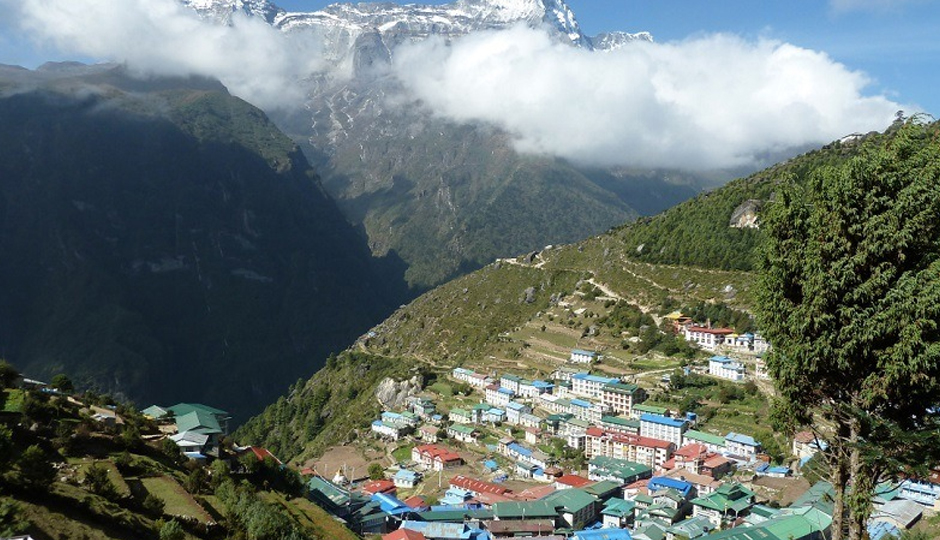- Home›
- Holidays›
- People From Certain Tribes Eat Up The Flesh Of Dead Person As A Funerary Rite. Read More Shocking Death Rituals
People From Certain Tribes Eat Up The Flesh Of Dead Person As A Funerary Rite. Read More Shocking Death Rituals
By: Priyanka Maheshwari Thu, 31 Aug 2017 4:53:22
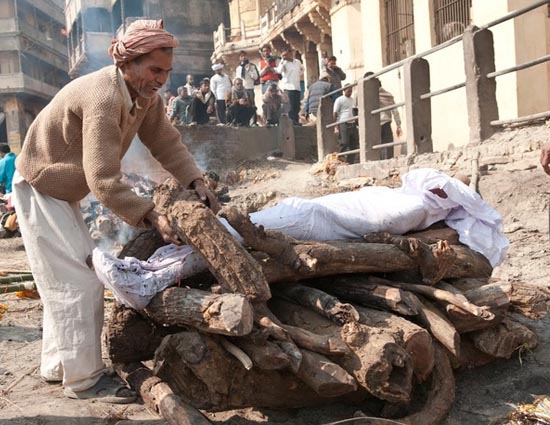
Death is inevitable yet is one of the most feared things in the entire world. Everyone dies at some point and here’s no escaping it’s grasp.
What really happens when you die? That’s definitely one of the eternal questions we are constantly asking ourselves.
Funerary rites, like death, are a source of fascination tinged by mystery and fear. Closely related to how we view the afterlife and how we relate to one another, these rites touch on something fundamental to human nature.
Some don’t simply accept that someone has lived and died, but their life is truly celebrated. And some people, the way they grieve, commemorate, and dispose of dead varies greatly from culture to culture, but some traditions really take funerals to the next level of macabre.
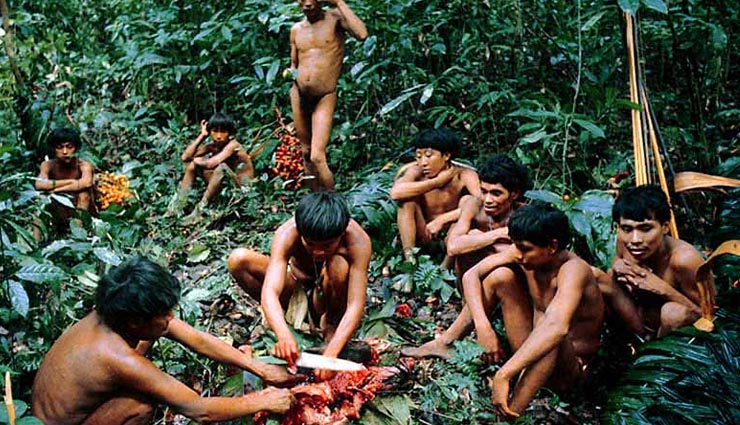
# Endocannibalism
Endocannibalism is the ugly custom where people from certain tribes eat up the flesh of their dead as a funerary rite! Those who perform this cannibalistic custom do so as a method of veneration of the dead or to gain certain good qualities of the deceased such as wisdom, etc. The idea behind the horrid custom could be anything; from imbibing the deceased’s traits to assimilation of the spirit. A few tribes in South America and Australia are said to have practiced this creepy ritual. But many academics feel that endocannibalism is a false accusation thrown at tribes by early colonists to gain an excuse for political domination. According to anthropologist Napolean Changon, the Yanomamo community in South America still eats the ash and ground bones of the deceased after cremation.
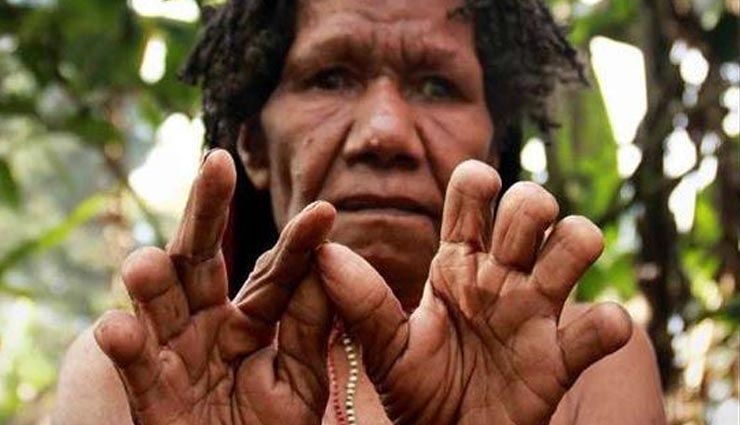
# Ritual Finger Amputation
In West Papua, New Guinea, when a loved one passed on, the Dani people used to cut off their own fingers. When the eldest male of the house dies any women and children related to the deceased had to cut off fingers. They would tie them together and then cut them off with an axe.
Before amputation, they will tie a string tightly around the upper half of their finger for 30 minutes, allowing it to go numb for a (near) painless removal. Often it is a close family member—sibling or parent—who cuts the finger. After removal, the open sores are cauterized, both to prevent bleeding and in order to form new-callused fingertips.
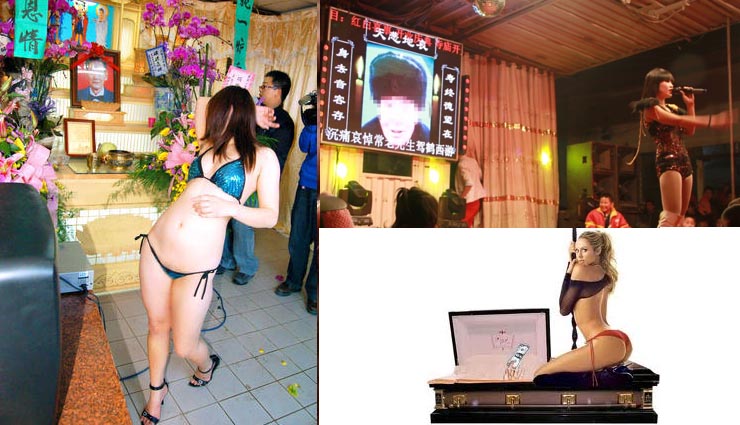
# Funeral Strippers
Taiwan showgirls are known to strip for the dead during religious events in order to “appease the wandering spirits. The Taiwanese phenomenon is labelled by some as scandalous, but many hail it as an important part of the grieving process – and the perfect way of sending off their loved ones with a smile. A dead man’s reputation and honor is considered to be directly proportional to the number of people who attend his funeral. So, the relatives hire strippers to pull the crowds. The Chinese authorities have started cracking down on the practice after incessant media glare.
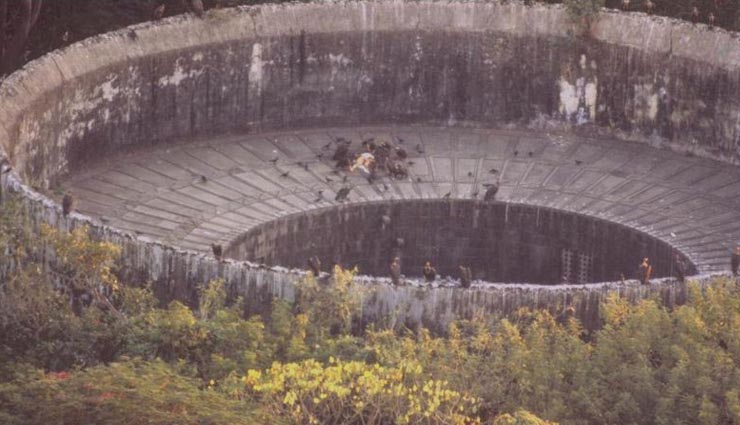
# Zoroastrian Funeral - Tower of Silence
The Zoroastrians in Mumbai, India, would leave their dead at a “dakhma,” also known as “Tower of Silence.” Zoroastrians believe that after death the body becomes a host for corruption and defilement. The scripture and tradition spoke of decaying corpses polluting the earth. Cremation or burial are ruled out because they might end up polluting sacred elements like fire and earth. So, they go for a ritual called exposure of the dead and their exposed bodies were taken to “Tower of Silence” to be eaten by vultures.
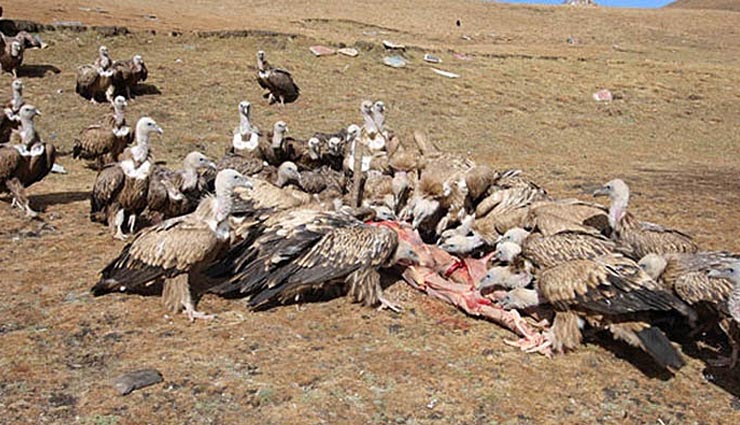
# Maasai Leave Remains to Predators
The Maasai are a nomadic tribe located in Kenya and norther Tanzania in Africa. They are one of the better known African tribes, numbering over a million in population. They live close to many East African game parks and offer visits to tourists.
The Maasai people have their own ideas about death primarily due to the high mortality rate in infants and the high risk of disease in tribal life. Babies are not recognized until the age of 3 moons (3 months). The life they lead is almost entirely without ceremony, so the dead are left out for scavengers. Any body not picked up by scavengers is considered a bad omen so the families often coat the body in blood or fat to make it more enticing.





